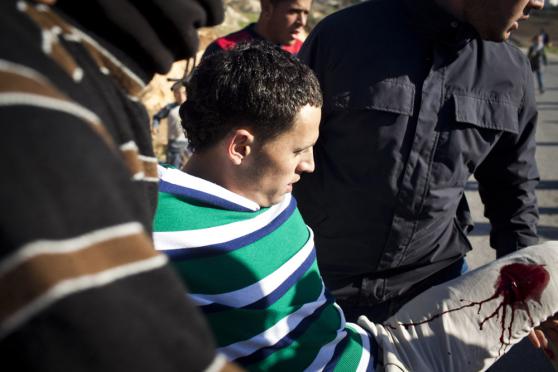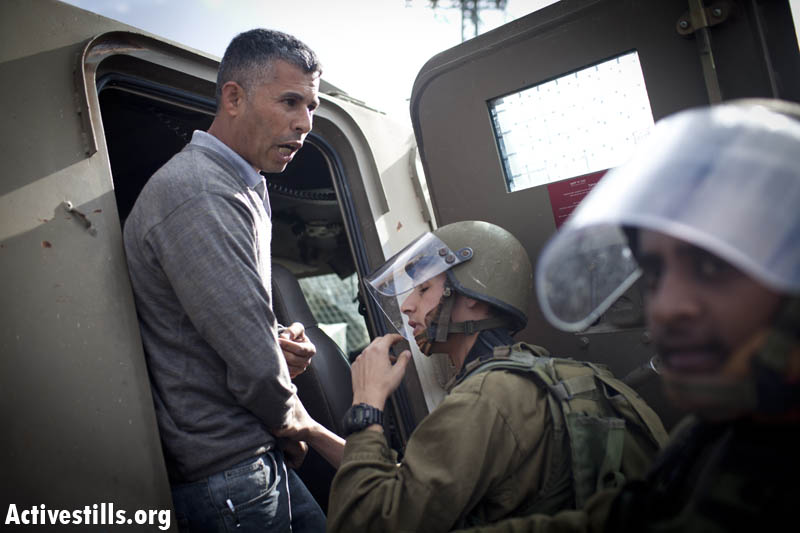Tag: Mustafa Tamimi
-
More deaths and injuries from US tear gas in Palestine, around the Middle East, and in Oakland
15 January 2012 | Adalah-NY US-made tear gas, manufactured by companies like Combined Systems Inc. (CSI), Defense Technology, and Nonlethal Technologies, continues to be used by governments including Egypt, Israel, Yemen, Bahrain and the United States to repress popular protest movements for social justice. In response, human rights advocates will protest again on Martin Luther King Jr. Day, January…
-
Live sniper-fire injures protester in Nabi Saleh
23 December 2011 | Popular Struggle Coordination Committee Two weeks after the killing of Mustafa Tamimi during a demonstration in the village, an Israeli sniper shot a protester with live 0.22″ caliber ammunition, banned for crowd control purposes. Earlier today, an Israeli military sniper opened fire at demonstrators in the village of Nabi Saleh, injuring…
-
2 Palestinians arrested in Nabi Saleh still in jail for resisting occupation
17 December 2011 | Chroniques de Palestine In a blatant demonstration of the discriminatory policies used by the Israeli authorities when it comes to deal with protesters; out of the 21 persons who were arrested during the demonstration in Nabi Saleh on 16.12.2011, all the Israeli and internationals were released while two Palestinians are still…



